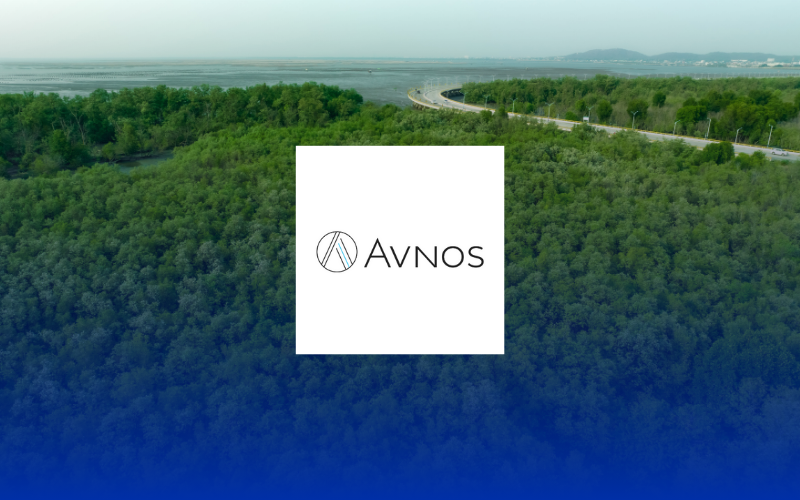First Gigaton Captured
Accelerating carbon removal innovation
Third Derivative’s CDR Focused Cohort!
With support from The Jeremy and Hannelore Grantham Environmental Trust, First Gigaton Captured supports startups on their journey to build a new ecosystem to rapidly deploy, scale, and commercialize viable carbon removal solutions.
The IPCC 1.5°C report shows that to avoid large-scale climate catastrophe, we may need to remove 2 billion to 20 billion tons of CO2 from our atmosphere per year starting in 2050—in addition to slashing emissions. First Gigaton Captured is an initiative to find, fund, and scale the most promising carbon removal startups and solutions around the world by uniting focused capital, corporate partners, and investors with this common goal.
First Gigaton Captured is a deeply-resourced focused cohort that supports the market’s most-promising carbon dioxide removal (CDR) startups with deployable and high impact CDR solutions.
How Do We Support Startups?
Startups receive invaluable support from scientific and market expert mentors, engineering developers, and universities. We tailor our support for First Gigaton Captured startups to help them accomplish the next stages on their development roadmaps. From providing world-class techno-economic analysis, to bringing carbon credit buyers directly to our startups, our flexible program helps startups overcome the barriers to reaching commercial scale.
In addition to the tailored support, startups in the focused program have access to Third Derivative’s bespoke curriculum of targeted connections and coaching features:
- Remote, flexible, tailored programming
- Facilitated dealmaking
- Access to unparalleled market research and insight
- An optional $100k convertible note
Our CDR Philosophy
We need both emissions reduction and carbon removal to achieve global climate goals.
While emissions reduction will have the dominant role, billions of tons of CO2 will need to be removed from the atmosphere each year to address hard-to-decarbonize sectors and legacy emissions.
Carbon dioxide removal is not a one-size-fits-all industry; each approach has its own requirements and trade-offs.
This means that different approaches suit different geographies and needs. To test and scale a variety of CDR solutions, we need to take a portfolio approach.
"Having such a supportive team with significant domain expertise - across science and technology, startup growth and financing - has been and continues to be a big asset for us as we grow. And the long-term nature of the support is also really valuable, as it allows us to build a strong relationship for when we most need targeted support."
Rory Brown
Airhive
Success Stories

Insight Brief #5: Electrochemistry
Breaking Barriers in Carbon Dioxide Removal with Electrochemistry
A broad portfolio of CDR approaches is essential to meet the unique needs of various geographies and industries. Within this portfolio, synthetic carbon dioxide removal (sCDR) approaches — those that rely on engineered systems powered by low-carbon energy to capture CO2, such as direct air capture — offer advantages like a smaller physical footprint and permanence of carbon removed. However, they typically require the most energy and are more expensive when compared to other CDR methods. Electrochemistry stands poised to transform the field of CDR by significantly reducing the energy requirements, and therefore costs, of prominent sCDR pathways.
Breaking Barriers in Carbon Dioxide Removal with Electrochemistry
Download Insight Brief
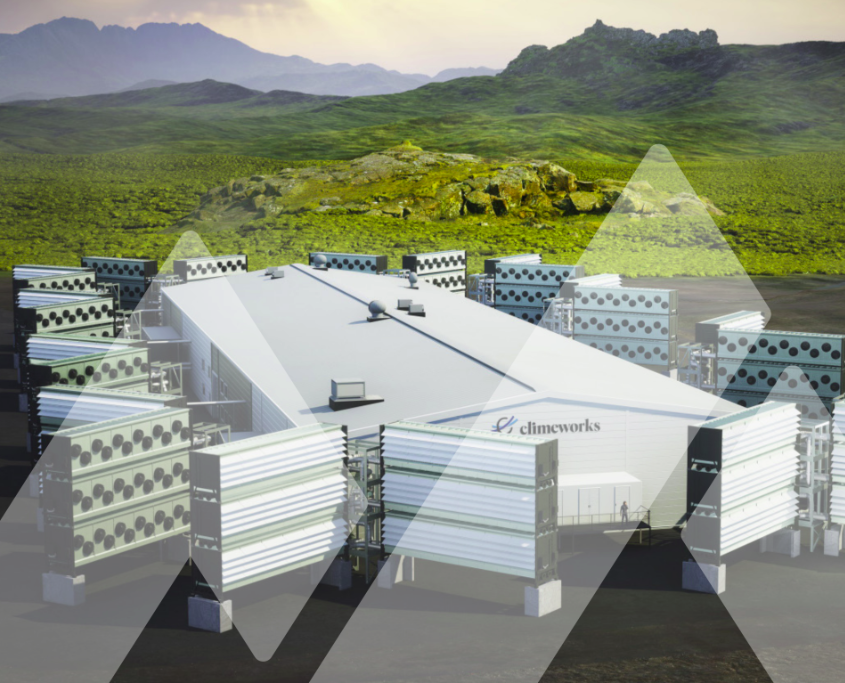
Insight Brief #4: DAC and the Energy Transition
Putting Potential Opportunity Costs in Perspective
Attention to CDR, including both nature-based and engineered solutions, is rapidly growing as governments, corporations, and philanthropists explore its potential role in achieving net-zero emissions.
Interest in direct air carbon capture and storage (DACCS) is accelerating due to potential, but not yet fully proven, advantages over nature-based solutions in terms of permanence, water and land use requirements, and ease of measurement and verification.
This increased attention, however, raises legitimate concerns about the potential unintended consequences and opportunity costs of DACCS relative to the speed of the underlying clean energy transition, particularly when we are already underinvesting in lower-cost, proven mitigation solutions.
DAC and the Energy Transition
Download Insight Brief

Insight Brief #3: E-Fuel
Decarbonizing Aviation with Sustainable Drop-In Fuel Alternatives
In a circular, net-zero economy, reutilizing carbon from carbon capture will be a critical ingredient for the manufacturing of chemicals, fuels, and plastics that are not derived from petroleum.
This is particularly true for the hard-to-abate sector of aviation, where CO2 from carbon capture is a key ingredient in e-fuel synthesis.
In our latest insight brief, explore Third Derivative's techno-economic review of e-fuels, and a proposed pathway for achieving <$4/gallon, which can be cost competitive with conventional fuels.
E-Fuel
Download Insight Brief
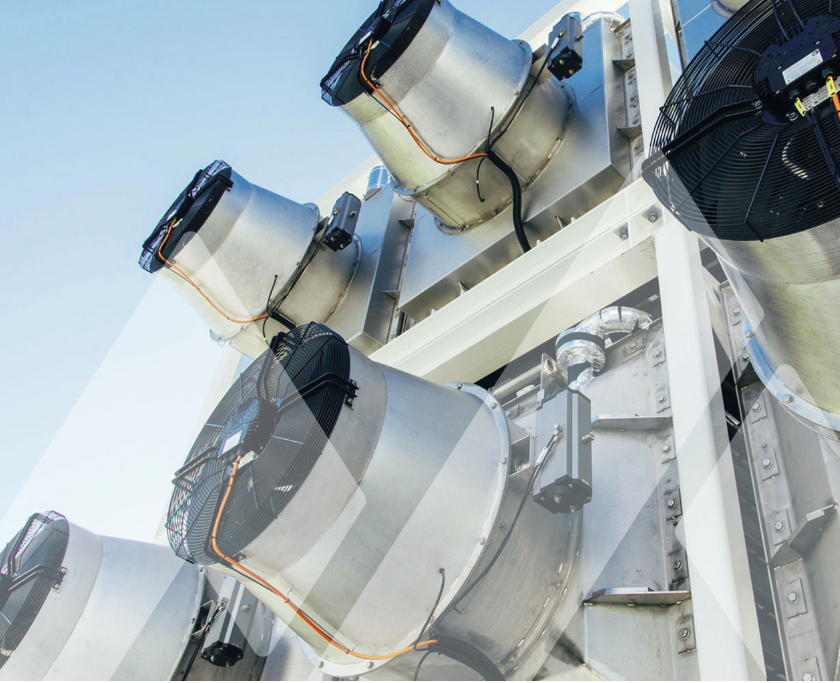
Insight Brief #2: Scoping the Need for Direct Air Capture
As the climate crisis evolves, we need to understand the full landscape of options to make the most prudent and cost-effective decisions to avoid catastrophic global warming.
In this insight brief authored by RMI experts (part two of our series), learn about the different types of carbon dioxide removal and where direct air carbon capture and storage (DACCS) fit in the landscape. Our partners at RMI recommend that we begin investing in de-risking DACCS now in order to have the option for large-scale contributions by 2050.
Scoping the Need For Direct Air Capture
Download Insight Brief
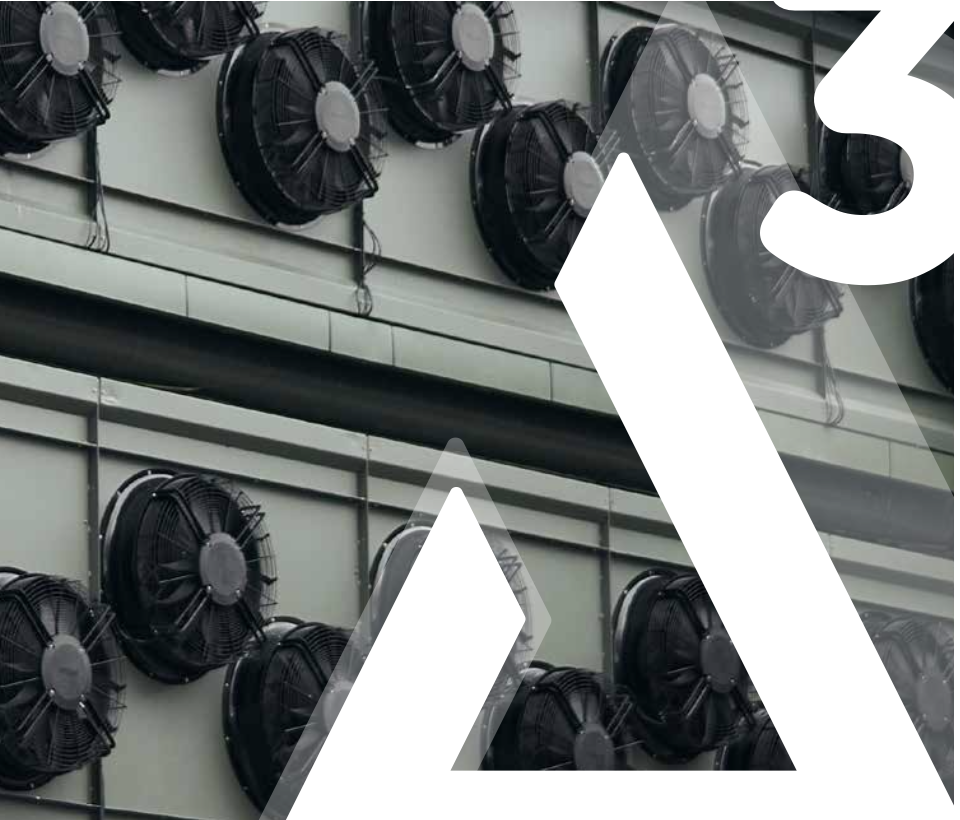
Insight Brief #1: Direct Air Capture
Capitalizing on the Defining Decade for Technology Development
Engineered technologies for carbon removal are in their early stages of maturity.
But the 2021 IPCC report indicates that we may need 2 –20 gigatons (Gt) per year of CO2 removal, requiring an all-of-the-above approach to the problem. Direct air capture, or DAC, is one such engineered solution that could provide an “insurance policy” for the climate.
In this insight brief, learn about opportunities for innovation and scaling that could reduce the cost of DAC by an order of magnitude to close to $50 per ton of CO2 removed.
Direct Air Capture
Download Insight Brief
Who Qualifies for First Gigaton Captured?
Startups that qualify for First Gigaton Captured span carbon dioxide removal methods including, but not restricted to:
- Direct Air Capture
- Bio-Energy with Carbon Capture and Storage
- Carbon Mineralization
- Enhanced Weathering
- Ocean-based carbon dioxide removal
The technology selection criteria are as follows:
- Techno-economic projection showing fully levelized cost to <$100/t removed at million ton/year scale
- No fundamental techno-economic barrier to gigaton-scale capture
- 1,000+ year permanence
- Net carbon negative
- Do No Harm to ecological systems
Qualifying start-ups will have these features:
- For-profit companies
- At least 2 full-time employee
- TRL 4+, lab-scale performance data should be available
Become a First Gigaton Partner
We’re seeking mission-aligned corporate and investor partners to join the FGC initiative and support our incoming carbon capture cohort. Fill out the form above to express your interest.

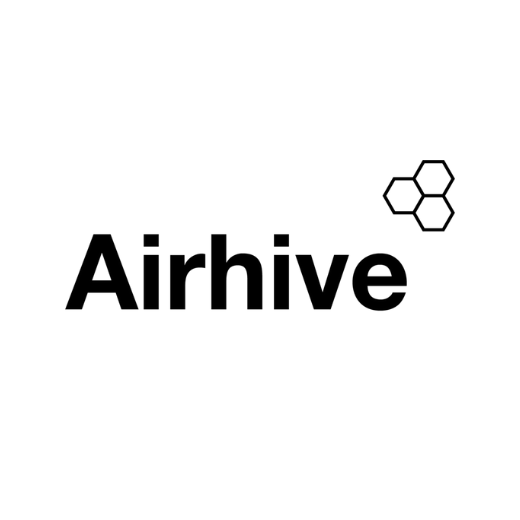


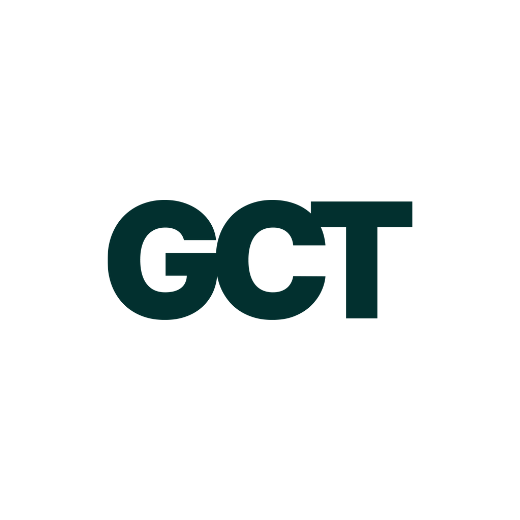
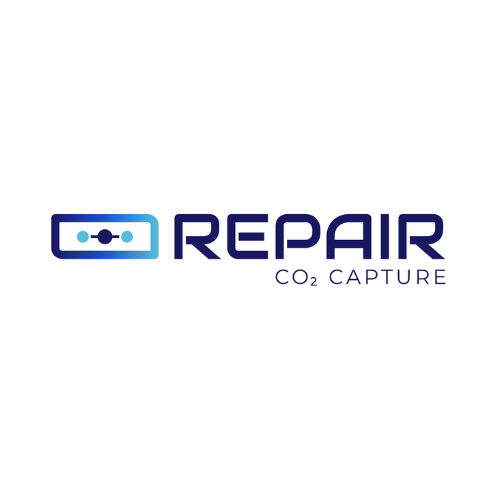



.png)
.png)
-2.png)
.png)


